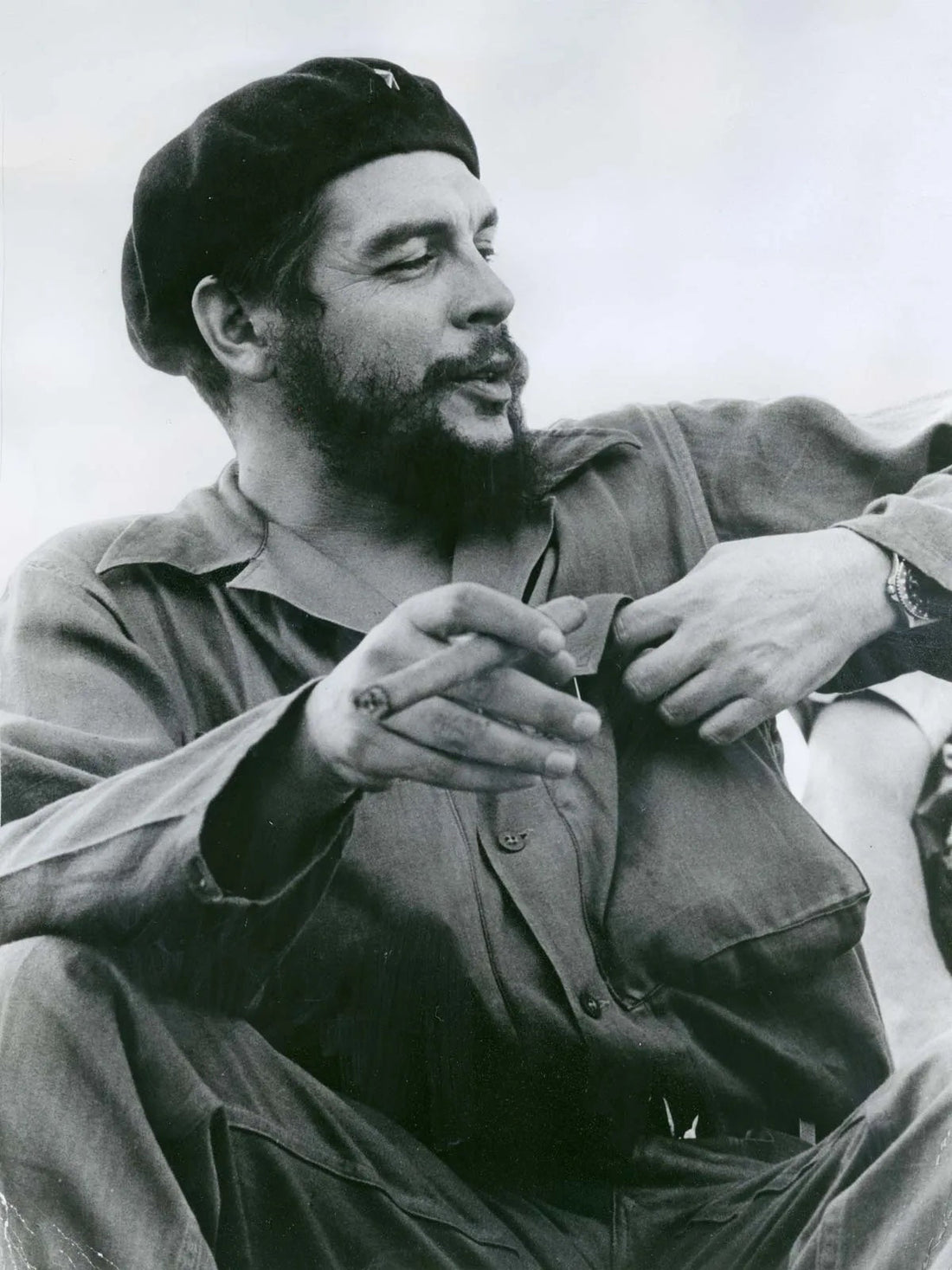
New World Vs Old World Cigars
What Are New World Cigars—and Why Do I Smoke Them Instead of Cubans?
I’m lighting up an Alec Bradley Prensado Corona Gorda as I write this. But why this cigar—and not, say, a Montecristo? That’s the question I plan to answer.
Like many, I once believed the best cigars in the world were Cuban, everyone said so, and I was inclined to agree. There was a mystique to them, revolutionary, forbidden, wrapped in the allure of Fidel Castro, Che Guevara, 1950s cars and iconic hotel façades. But is this reason enough to smoke cubans, or was it all just brilliant marketing?
Being banned in the US I’m sure made them even more desirable increasing their scarcity and bringing a taboo allure to the situation. As with many high end consumables, French versus Californian wine, for example, prestige often clings to traditions rather than to real world quality.
What Is a New World Cigar?
The term New World, which I hadn’t even heard when I first started smoking cigars, refers to cigars made outside of Cuba, typically in Nicaragua, Honduras, or the Dominican Republic. Ironically, the name implies modernity, but these cigars are anything but new.
Let’s rewind.
In 1492, Columbus “discovered” the Americas and claimed them for Spain. He noticed that the locals were smoking tobacco leaves and brought some back to Europe. The seeds didn’t grow well in Spain, even in the summer months, but the leaves survived the journey, and soon, tobacco smoking, and cigar rolling, became fashionable.
Eventually, someone had the idea to roll the cigars in Cuba and ship them to Spain in boxes. This process proved effective, preserving the leaves better and kicking off what became a booming cottage industry. The first official cigar factory, Cabañas, opened in Cuba and by 1700s, Cuba was shipping out cigars all over world.
But over the coming centuries, skilled Cuban cigar makers left the island, especially after Castro’s rise in 1959. When he nationalised the industry, cigar brand owners, who were facing having their business taken away from them, fled to neighbouring countries like Nicaragua, Honduras, and the Dominican Republic, just a few hundred miles away. They took their seeds, skills, and traditions with them.
So… How “New” Are New World Cigars Really?
It’s been over 60 years since these regions began producing cigars under the New World label. That’s how old I am, and I rarely feel new.
The reality is that the people who make cigars in the “New World” have not been making them for only 60 years, they have been making them since the 1700s, with generations of Cuban’s passing down their skills and knowledge, the processes and even families are the same, just with factories housed on a neighbouring island.
So in a similar way, is there a difference between an Italian truffle from Piedmont or a French truffle from Drome? They are 250 miles apart. It’s only a man made border that changes its name. Apart from the obvious difference of Cubans working between islands rather than borders, the soil and climate are effectively the same.
Why I Prefer New World Cigars
Given that the people who own and run these new, 60 year old, manufacturing facilities, are, at their youngest, second or now third generation immigrants who run their own businesses, they have no laurels to sit in and must make a name for themselves by being ‘better’.
Better how? More consistent construction, easier draw, higher quality control, and crucially, lower prices. I’ve smoked too many Cubans that were impossible to draw because they were packed too tight. At the prices Cubans now command, that’s just not good enough for the up and coming (60 year established) new world producers.
The Market Shift
When Cuba’s factories were nationalised, the British firm Imperial Tobacco took a 50% stake. In 2020, that share was sold to a Chinese consortium. Today, much of Cuba’s premium cigar production is destined for China, where affluent buyers will pay top dollar for luxury brands, whether it’s a £25,000 Prada bag or a £1,000 Cohiba.
Does that make them the best cigars? Or just the most expensive?
Personally, I think the obsession with labels and prestige has overshadowed quality. I want to enjoy a couple of cigars a week. Am I going to spend thousands every month? No. Around £500, maybe—it’s my golf, my little escape. That’s enough for a humidor full of genuinely great smokes that draw well and taste even better.
A Bit of Rebellion
There’s also something quietly rebellious about choosing New World cigars. It feels less conformist. Maybe it’s a stretch, but I still like to imagine myself as a bit of an outlier—closer to Che than a Wall Street banker with a Cohiba and a Rolex.
As I edge ever closer to OAP status, I find myself embracing the grumpy old man within. Dylan Thomas wrote, “Do not go gentle into that good night.” I think he meant life, but I take it as a warning not to let a great cigar go out before it’s done.
Anyone seen my lighter anywhere?
